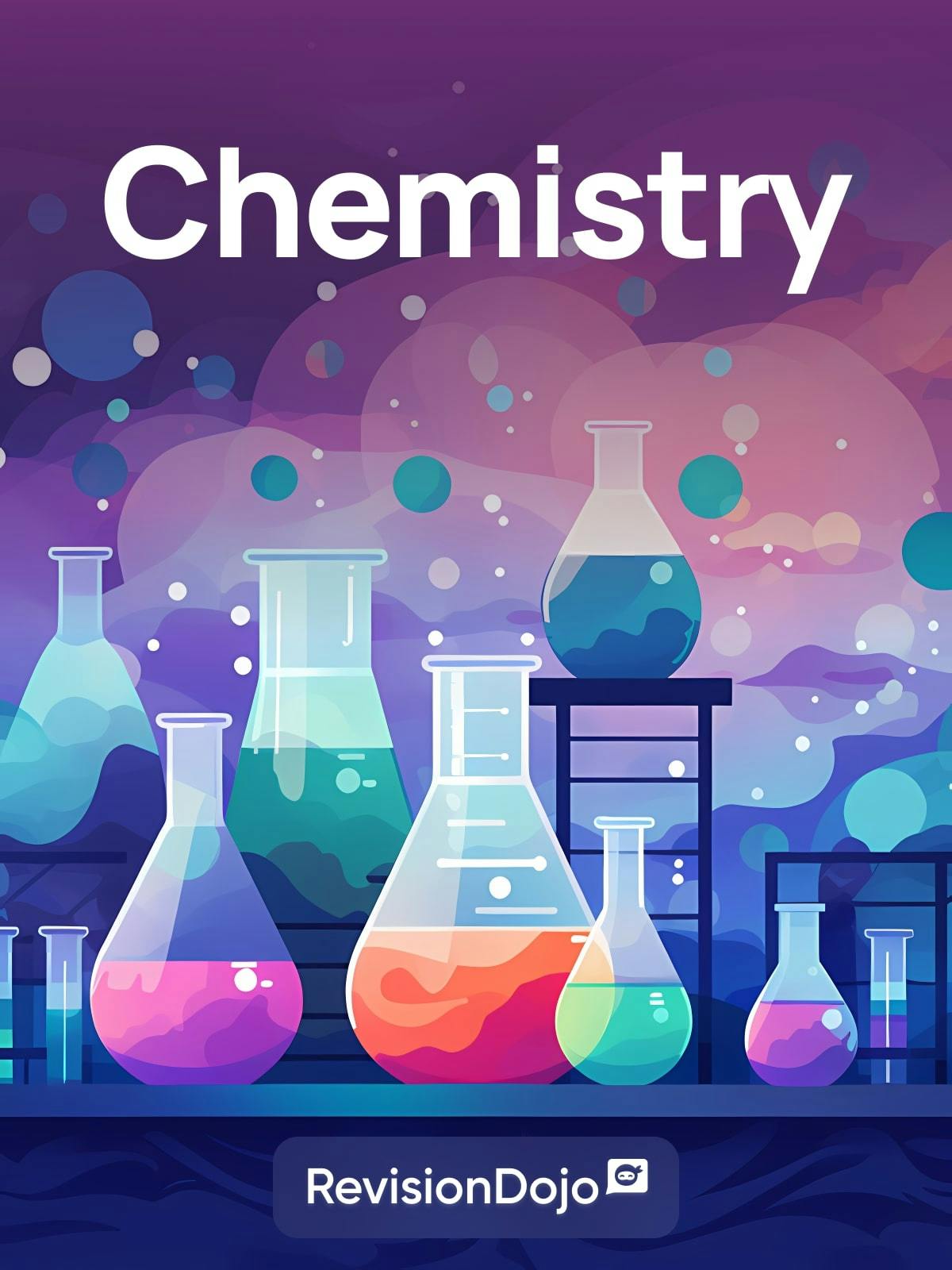
Topic 9 - Redox processes
Question 1
SLPaper 1What are the products of electrolysis when molten calcium bromide is electrolysed using graphite electrodes?

Question 2
HLPaper 2Oxidation and reduction reactions can have a variety of commercial uses.
A student decides to build a voltaic cell consisting of an aluminium electrode, Al (s), a tin electrode, Sn (s), and solutions of aluminium nitrate, Al(NO3)3 (aq) and tin(II) nitrate, Sn(NO3)2 (aq).
Electron flow is represented on the diagram.
Label each line in the diagram using section 25 of the data booklet.

Write the equation for the expected overall chemical reaction in (a).
Calculate the cell potential using section 24 of the data booklet.
Calculate the Gibbs free energy change, Δ_G_⦵, in kJ, for the cell, using section 1 of the data booklet.
Question 3
SLPaper 1What are the oxidation states of oxygen?

Question 4
HLPaper 1Which compound contains sulfur with an oxidation state of +6?
Question 5
SLPaper 1What are the oxidation states of chromium in (NH4)2Cr2O7 (s) and Cr2O3 (s)?

Question 6
SLPaper 1Which is correct for the reaction?
P4 (s) + 3H2O (l) + 3OH− (aq) → PH3 (g) + 3H2PO2− (aq)

Question 7
SLPaper 2Hydrogen peroxide can react with methane and oxygen to form methanol. This reaction can occur below 50°C if a gold nanoparticle catalyst is used.
Methanol is usually manufactured from methane in a two-stage process.
CH4 (g) + H2O (g) ⇌ CO (g) + 3H2 (g)
CO (g) + 2H2 (g) ⇌ CH3OH (l)
Consider the first stage of the reaction.
CH4 (g) + H2O (g) ⇌ CO (g) + 3H2 (g)
The diagram shows the Maxwell-Boltzmann curve for the uncatalyzed reaction.
Draw a distribution curve at a lower temperature (T2) and show on the diagram how the addition of a catalyst enables the reaction to take place more rapidly than at T1.

The hydrogen peroxide could cause further oxidation of the methanol. Suggest a possible oxidation product.
Determine the overall equation for the production of methanol.
c(i).
8.00 g of methane is completely converted to methanol. Calculate, to three significant figures, the final volume of hydrogen at STP, in dm3. Use sections 2 and 6 of the data booklet.
c(ii).
Determine the enthalpy change, Δ_H_, in kJ. Use section 11 of the data booklet.
Bond enthalpy of CO = 1077 kJ mol−1.
d(i).
State the expression for _K_c for this stage of the reaction.
d(ii).
State and explain the effect of increasing temperature on the value of Kc.
d(iii).
Question 8
HLPaper 2Butanoic acid, CH3CH2CH2COOH, is a weak acid and ethylamine, CH3CH2NH2, is a weak base.
State the equation for the reaction of each substance with water.

Draw a diagram showing the delocalization of electrons in the conjugate base of butanoic acid.
Deduce the average oxidation state of carbon in butanoic acid.
A 0.250 mol dm−3 aqueous solution of butanoic acid has a concentration of hydrogen ions, [H+], of 0.00192 mol dm−3. Calculate the concentration of hydroxide ions, [OH−], in the solution at 298 K.
Determine the pH of a 0.250 mol dm−3 aqueous solution of ethylamine at 298 K, using section 21 of the data booklet.
Sketch the pH curve for the titration of 25.0 cm3 of ethylamine aqueous solution with 50.0 cm3 of butanoic acid aqueous solution of equal concentration. No calculations are required.

Explain why butanoic acid is a liquid at room temperature while ethylamine is a gas at room temperature.
State a suitable reagent for the reduction of butanoic acid.
Deduce the product of the complete reduction reaction in (e)(i).
Question 9
SLPaper 3Rhodium and palladium are often used together in catalytic converters. Rhodium is a goodreduction catalyst whereas palladium is a good oxidation catalyst.
In a catalytic converter, carbon monoxide is converted to carbon dioxide. Outline theprocess for this conversion referring to the metal used.
Nickel is also used as a catalyst. It is processed from an ore until nickel(II)chloride solution is obtained. Identify one metal, using sections 24 and 25 of thedata booklet, which will not react with water and can be used to extract nickelfrom the solution.
Deduce the redox equation for the reaction of nickel(II) chloride solution with themetal identified in (b)(i).
Another method of obtaining nickel is by electrolysis of a nickel(II) chloride solution.Calculate the mass of nickel, in g, obtained by passing a current of 2.50 A through thesolution for exactly 1 hour. Charge (Q) = current (I) × time (t).
Question 10
SLPaper 1Which species contains nitrogen with the highest oxidation state?
